Are you afraid of snakes? Well, probably, you are - just like most people on the planet. Let us assure you that some of them are actually extremely dangerous and it's better to keep away from them.
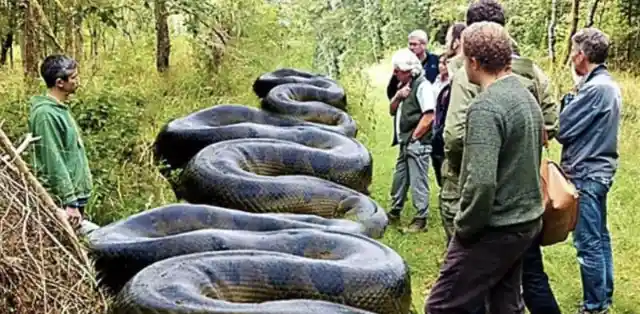
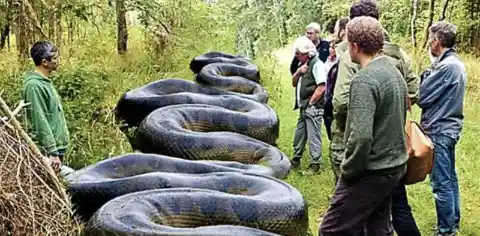
If you aren't Steve Irwin, it can be pretty hard to decipher which snakes fall into the deadly category? Lucky for you, we've compiled a list of the world’s deadliest snakes.
King Cobra
King Cobra is considered to be the longest, most venomous snake in the world. It can be found throughout Asia and the jungles of India. Generally speaking, King Cobra isn’t particularly deadly to humans as it hunts lizards, rodents, and other snakes.
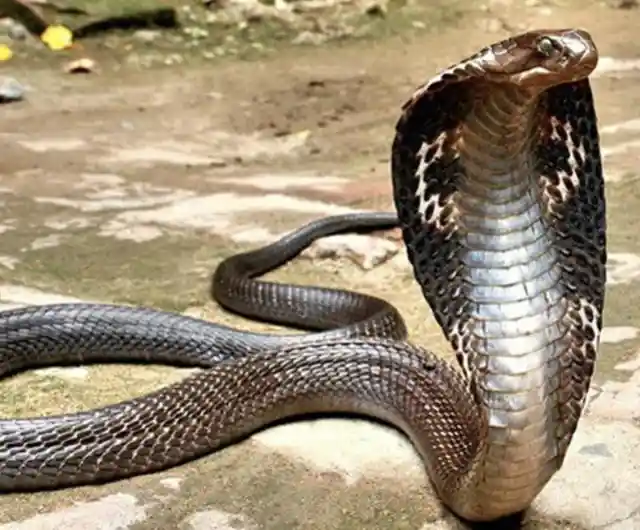
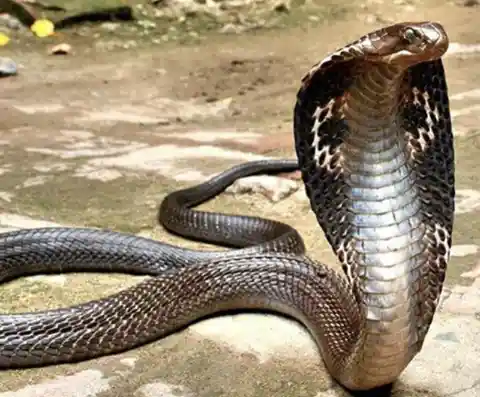
That doesn’t change the fact that this critter has enough neurotoxin in its venom to actually paralyze and kill an elephant, in just a few hours. If it bites a human, the survival rate is at a measly 40 percent.
Saw Scaled Viper
Typically found in the jungles of India, China, and Asia; these vipers are nocturnal and lightning quick. If it bites you, you’ll begin to bleed from your mouth, as your blood pressure plummets, and your heart rate slows.
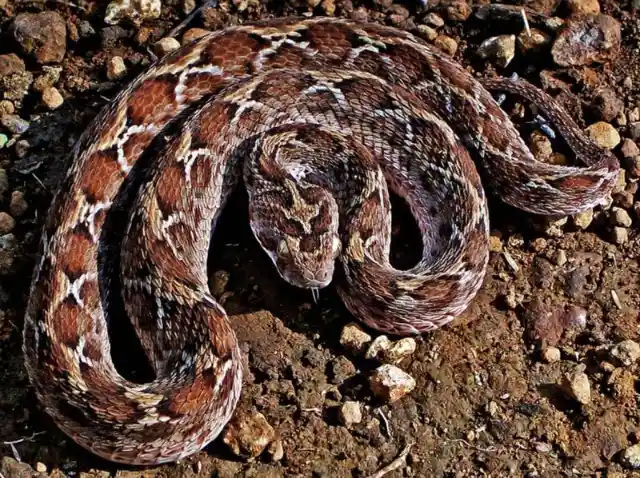
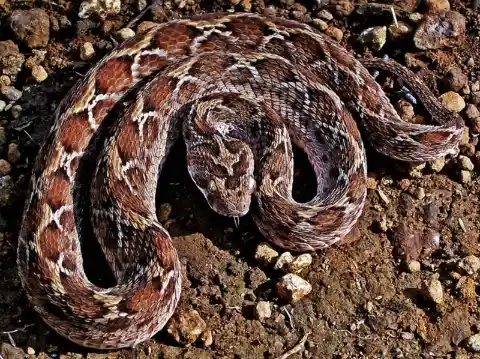
Without any proper treatment, you could pass away within just a day. Or you could suffer from absolute agony for upwards of two weeks.
Black Mamba
Known for its awesome striking ability and density of its toxicity, countless deaths are attributed to the Black Mamba all over Africa. It's as lethal as it looks!
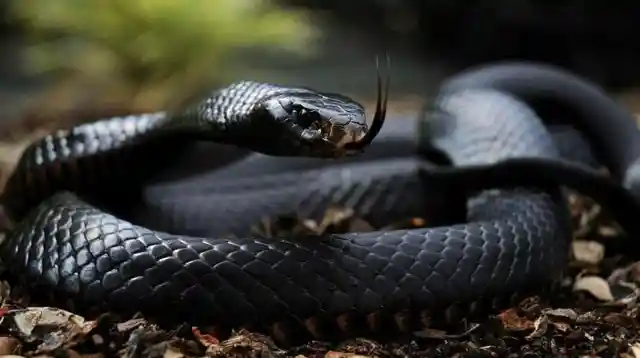
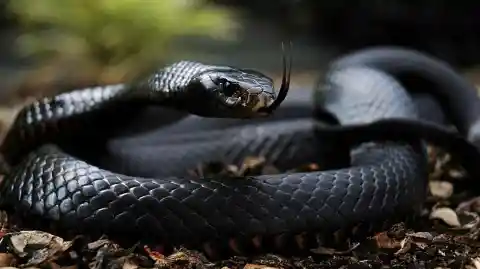
A Black Mamba can strike up to 12 times in succession and furthermore, every single bite delivers copious amounts of deathly neurotoxins. If bitten by Black Mamba, death can happen in as little as 15 minutes.
Boomslang
Boomslangs have the ability to climb trees and are filled with venomous toxins. They can creepily open their jaws up to 170 degrees.
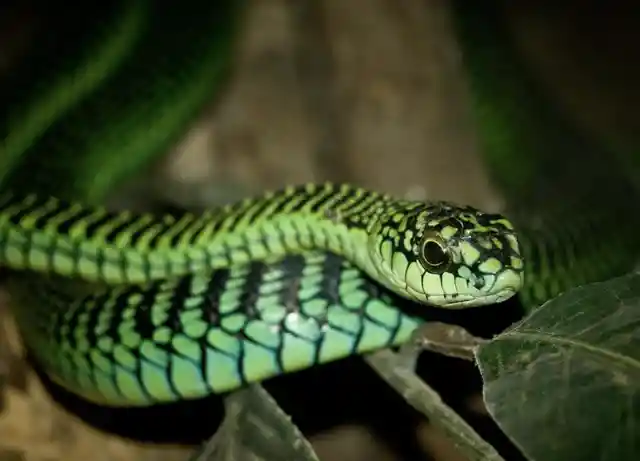
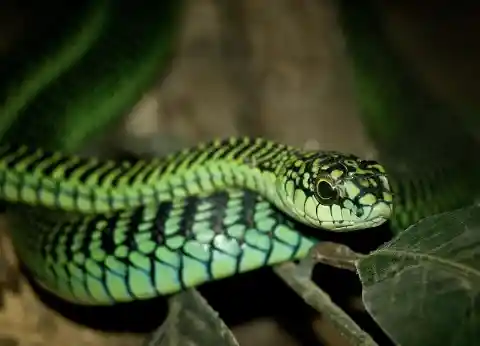
After it bites someone, a few hours may pass when the symptoms arise. Without wasting any time, one should get help and the antivenom as soon as possible.
Black Tiger Snakes
Black Tiger Snakes possess a lethal dosage of venom, apart from looking sinister. One can die from a bite within just half of an hour, although fatalities commonly occur between six to 24 hours.
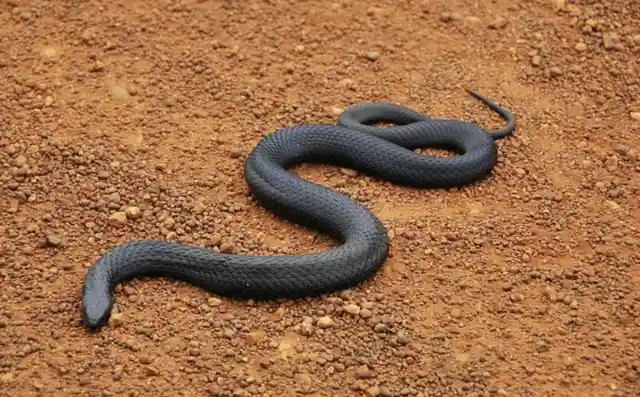
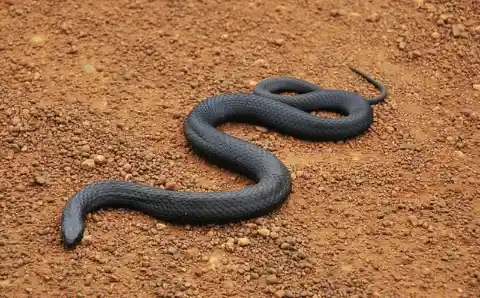
Typical symptoms after suffering from a bite include numbness, sweating, and tingling. But with an anti-vemon and correct treatment, you may have a chance.
Inland Taipan
With a mixture of taipoxin and neurotoxin, Inland Taipan’s bite can lead to blood haemorrhaging, limited breathing, paralysis, and intense muscle damage. And that's not it!
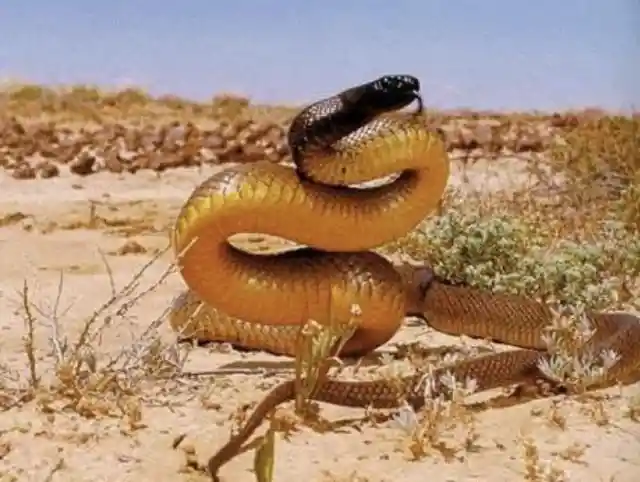
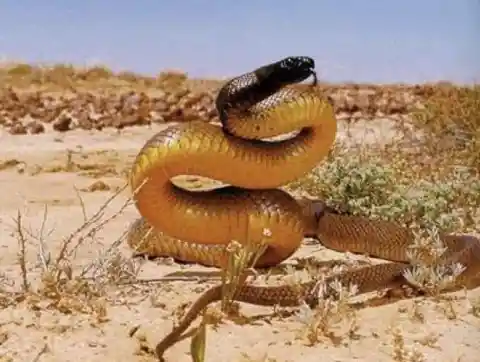
They are majorly found in inland Australia. It is often shy, reclusive, and will almost always flee instead of attacking.
Eastern Brown Snake
Just a fraction of a bite from an Eastern Brown Snake is enough to kill any adult human. It is considered to be the second-most-venomous land snake in the world.
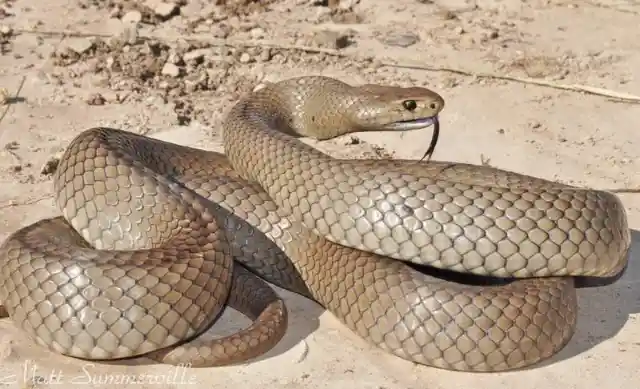
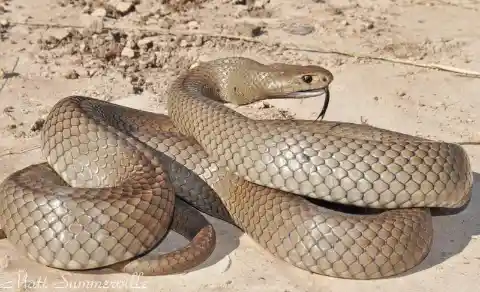
Brown snakes can be found in Australia, Papua New Guinea, and Indonesia. 60% of snakebite deaths in Australia are attributed to Eastern Brown Snakes.
Common Lacehead
Also known as bothrops atrox, it is usually found in the tropical lowlands of northern South America. Being a species of pit-viper, it is generally nocturnal and can be easily agitated.
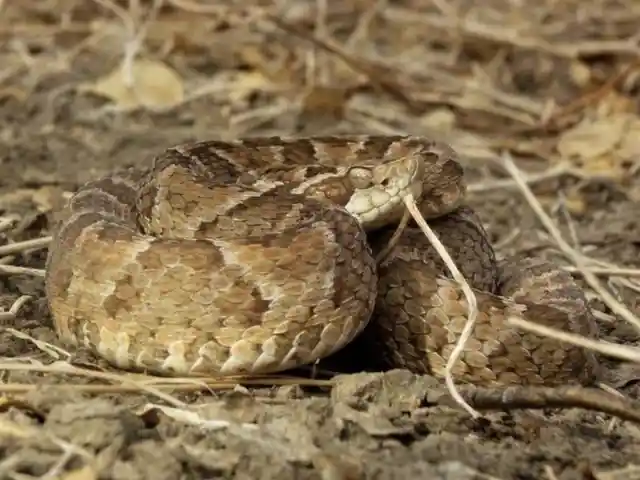
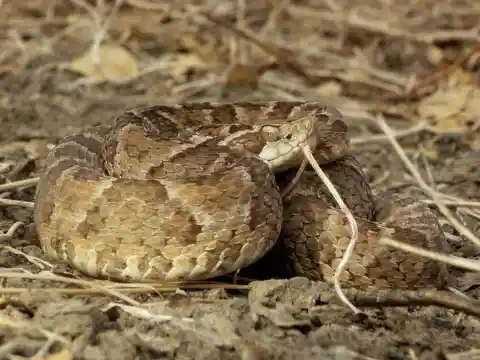
Even with treatment, almost all bites can lead to temporary memory loss which can turn permanent as well.
Eastern Diamondback Rattlesnake
According to National Geographic, it is “The largest venomous snake in North America. Some reach 8 feet in length and weigh up to 10 pounds.”
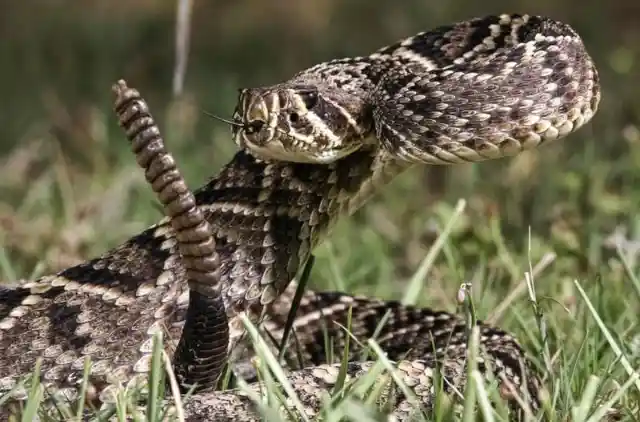
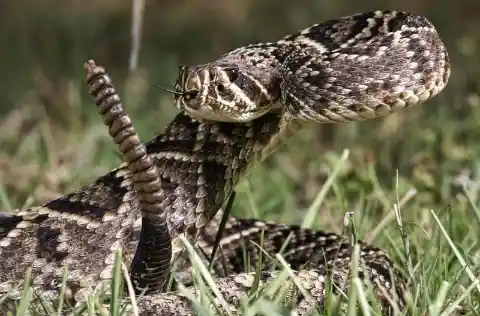
That tail isn’t just for show as they do give off one final warning before they strike – it violently shakes its tail.
Western Diamondback Rattlesnake
Western Diamondback Rattlesnake is usually found in the southwestern areas of the United States. In Northern Mexico, it is responsible for the majority of snakebite fatalities.
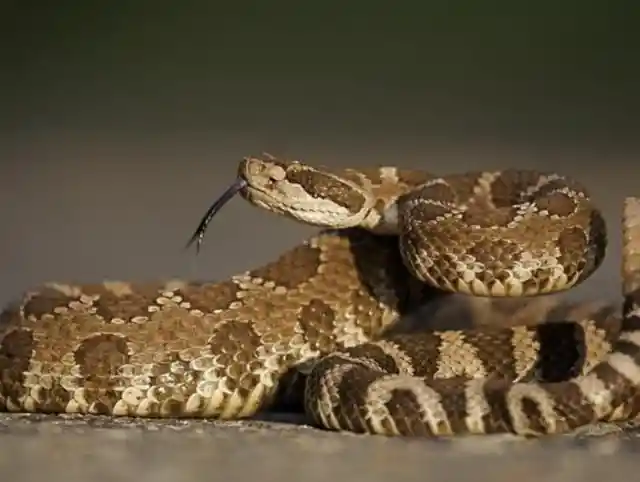
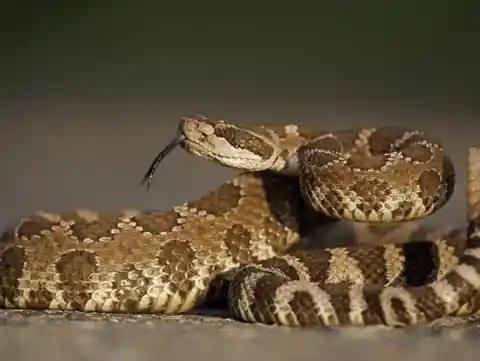
It is also responsible for the largest number of snakebites all over the United States!
Philippine Cobra
It is probably the most venomous and deadliest Cobra species out there. Philippine Cobra can also spit its venom up to 10 feet in distance!
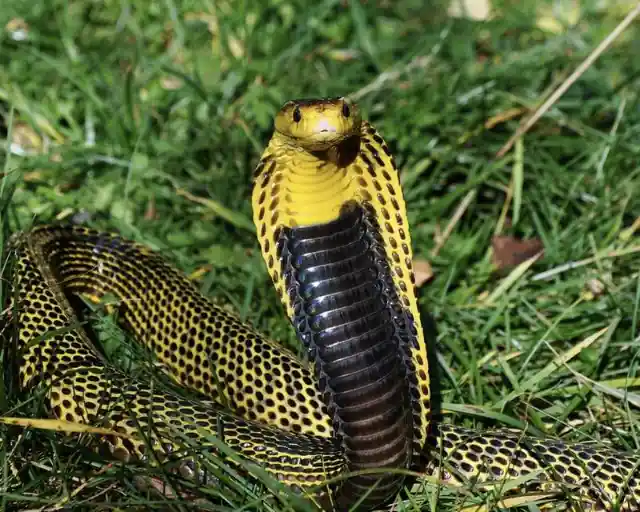
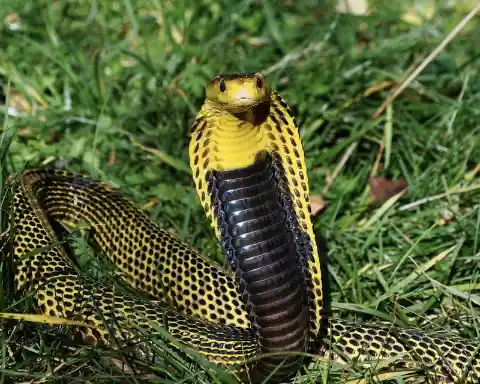
Its venom can immediately alter your nerves, which then affect cardiac and respiratory systems within mere minutes.
Puff Adder
Lovingly also known as Bitis arietans, not only is Puff Adder terrifying, but it’s also responsible for a majority of fatalities over any other African snake.
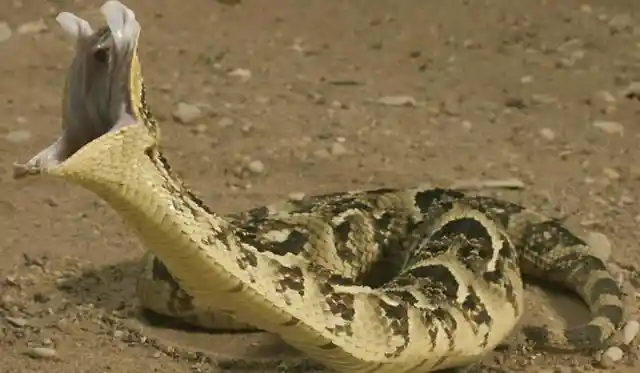
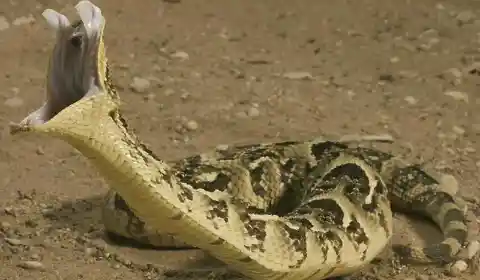
It has its home in the African savannah and grasslands. Due to its long fangs, it produces a potent venom in massive quantities.
Indian Cobra
A ‘Snake Charmer’s best friend’, there is nothing charming about the Indian Cobra. Its bite will lead you to paralysis, respiratory failure, or even a heart attack.
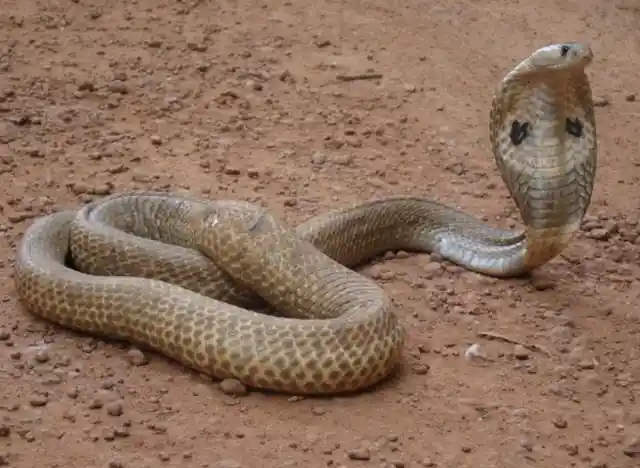
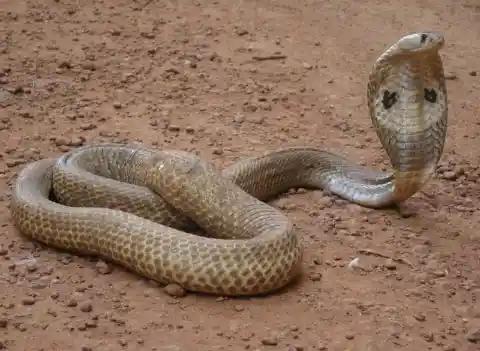
Moreover, all this can occur within 15 minutes up to two hours following a bite.
Russel’s Viper
Due to its highly aggressive nature and location in highly populated areas, Russell’s Viper is thought to be one of the deadliest snakes out there.
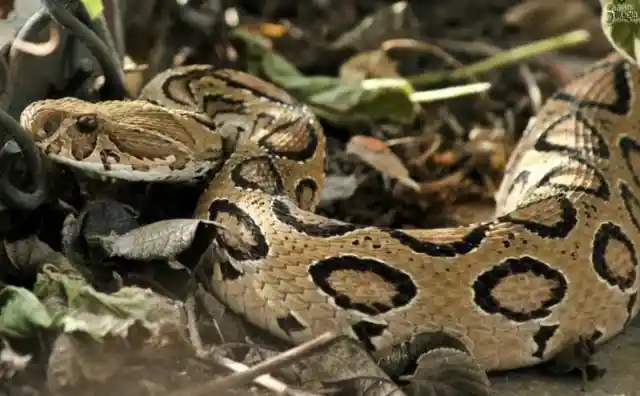
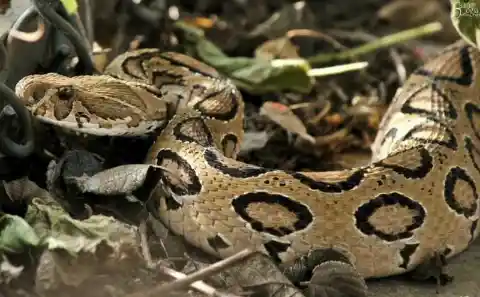
It is primarily located in Southeast Asia and is claimed to have THE loudest hiss.
Common Krait
Growing upwards of three to five feet and with a rather flat head, Common Krait has almost no neck. If you manage to find one in the daytime, it’ll hide and react slowly if found.
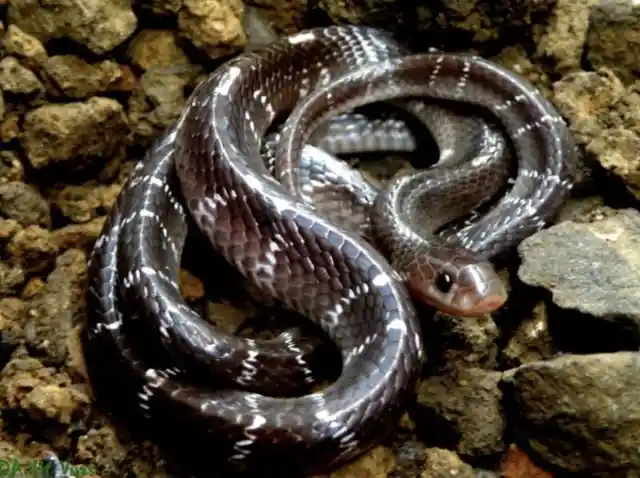
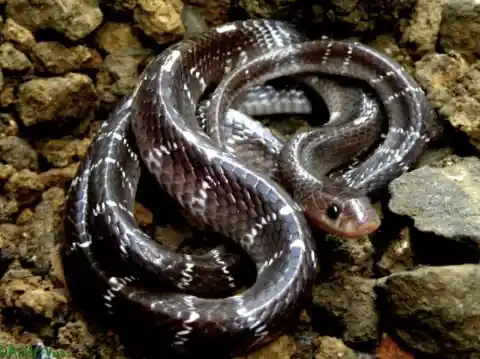
If the bite isn’t treated on time, it can lead to nerve damage, muscle paralysis, and brain damage.
Terciopelo Viper
The Terciopelo Viper has a head 4 inches wide and can grow up to 8 feet long. It is typically found in the neotropical rainforest in Central America.
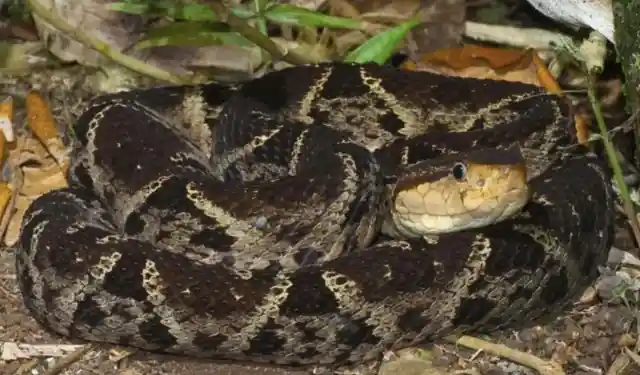
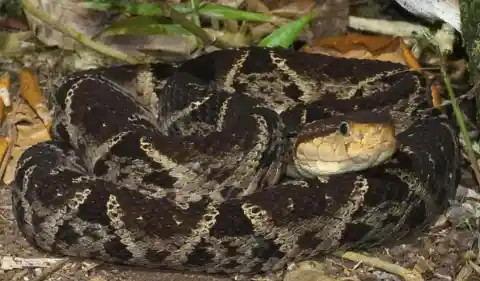
These slimy critters are responsible the majority of snakebites in all of Central America.
Many-Banded Krait
Also known as Taiwanese krait or the Chinese krait, it is located in central and southern China and also Southeast Asia.
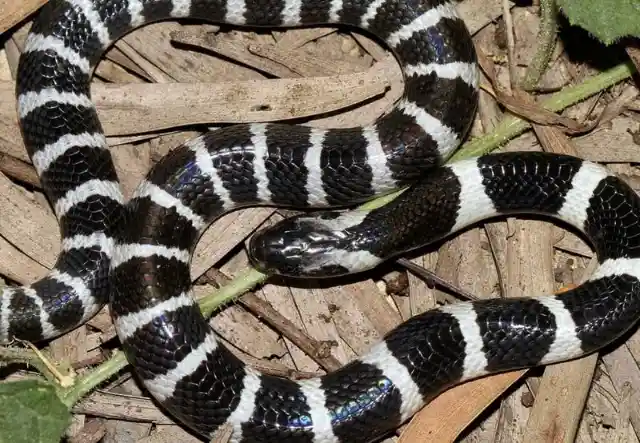
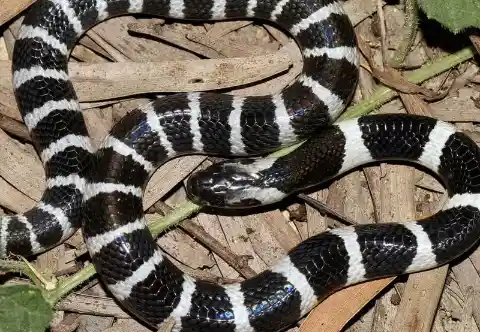
Don’t let all those names fool you into believing otherwise because this snake is incredibly dangerous.
Malayan Snake
Malayan Snake or Blue Krait can be found in Southeast Asia and Indonesia.
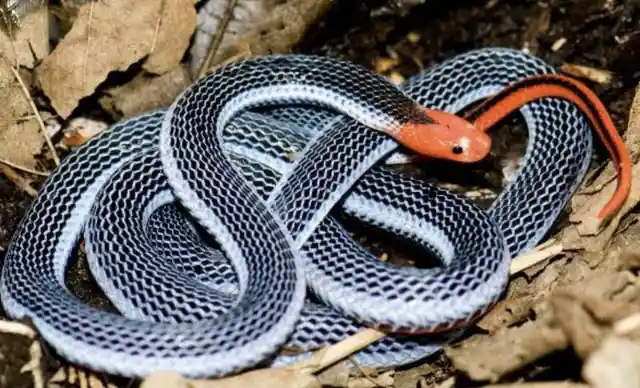
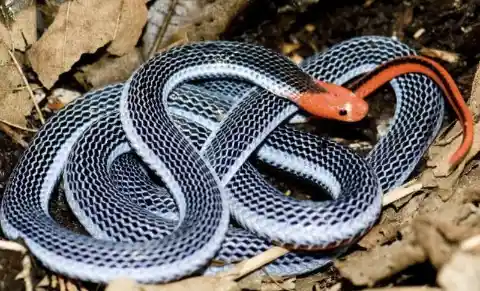
If you believe that this is one gorgeous-looking snake, it also boasts of a venom that is 16 times more toxic than the Cobra!
Common Death Adder
Common Death Adder can be found in Australia, New Guinea, and a few nearby islands. Bites left untreated can cause death within 24 to 48 hours but lucky for us, an antivenom exists.
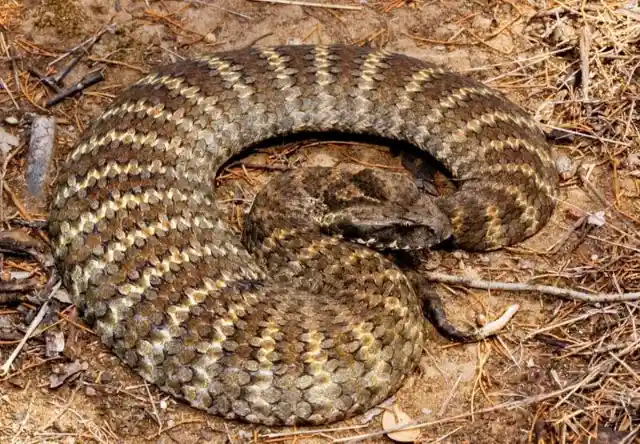
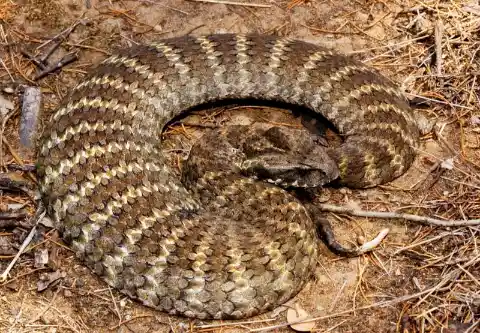
It is also worth noting here that it is actually the fastest striking snake in the world.
Green Mambas
If you didn’t know, there are actually three kinds of green mambas in the world - Western, Eastern, and Jameson.
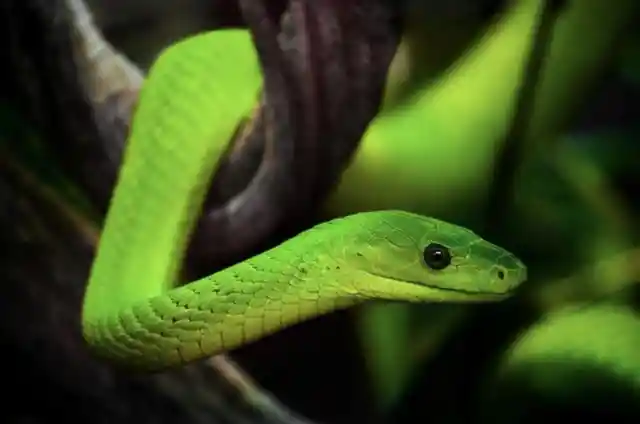
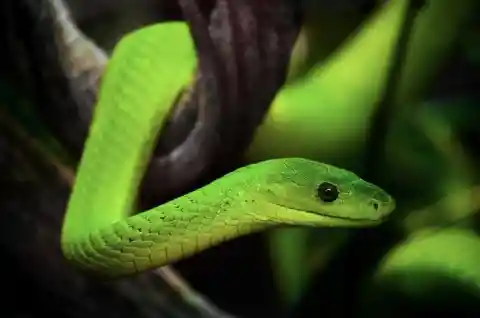
All these mambas are incredibly venomous, highly aggressive, and unpredictable in disposition. They are also highly arboreal, lightning-quick, and agile.
Forest Cobra
It is also fondly called black cobra and white-lipped cobra. Forest Cobra can be found in Africa and it is actually the largest true cobra species with a length (including the tail) of up to 10 feet.
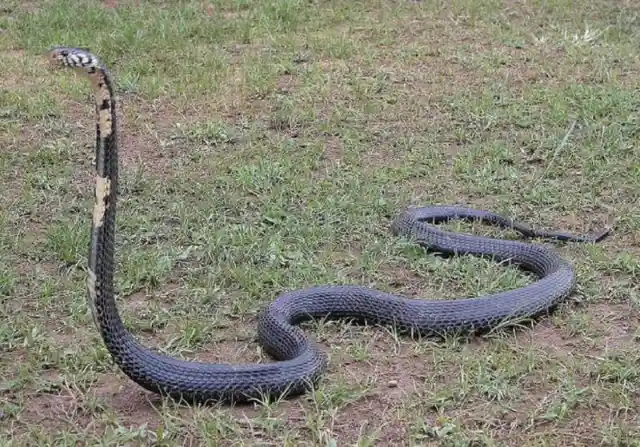
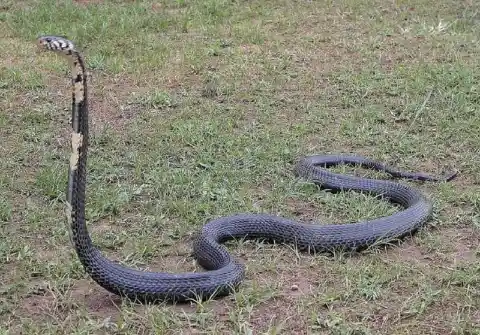
It can prove to be extremely fatal because of the quantity of venom it can inject in a single bite and its aggressive nature when defending.
Jararaca
Jararaca is the most famous venomous snake in all of the wealthy and heavily populated areas of southeastern Brazil.
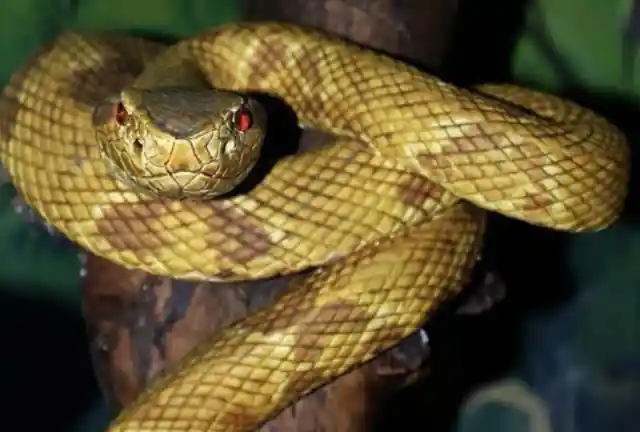
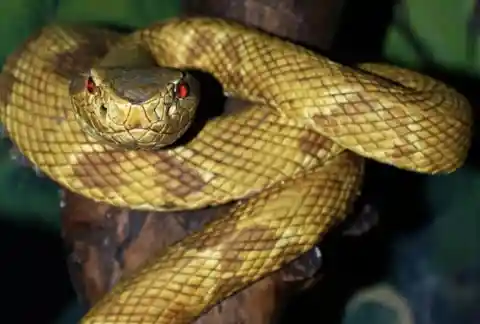
It is believed that between 1902 and 1945, this critter was responsible for about 52% (3,446 cases) of snakebites. The mortality rate stood at 0.7%.
South American Bushmaster
South American Bushmaster is the longest, venomous snake in the Western Hemisphere, or rather the longest pit viper on Earth.
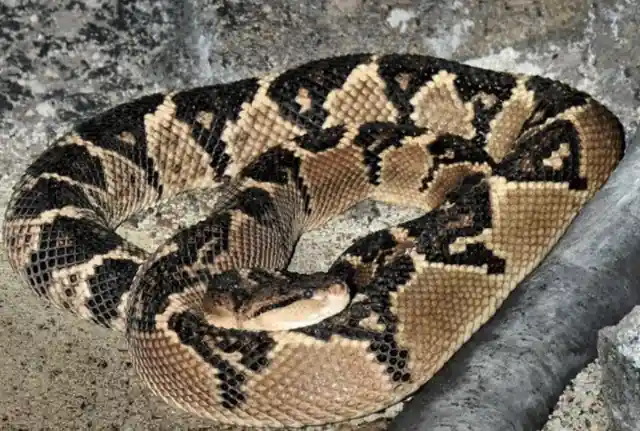
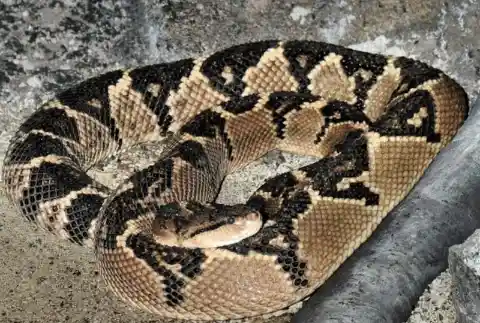
It can be found in South America, particularly the equatorial forests east of the Andes. It doesn’t really help that they’re large, fast, and aggressive.
Cape Cobra
The Cape Cobra is one of the deadliest in existence, as far as Africa is concerned. Two facts majorly contribute to this – it tends to live around/in houses and moreover, it has a lethal venom.
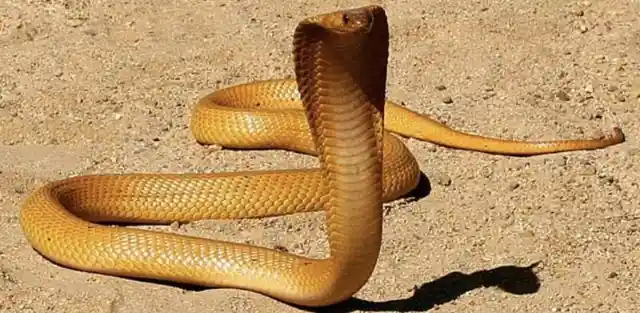
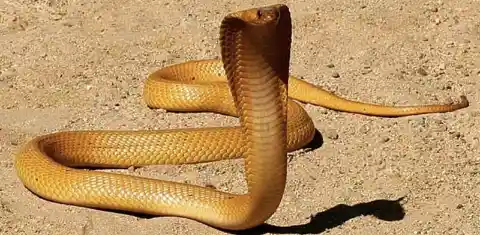
More often than not, death can occur within an hour to ten hours after Cape Cobra bite.
Sharp-Nosed Pit Viper
The venom a Sharp-nosed Pit Viper has is a potent hemotoxin that is strongly hemorrhagic, according to the U.S. Armed Forces Pest Management Board.
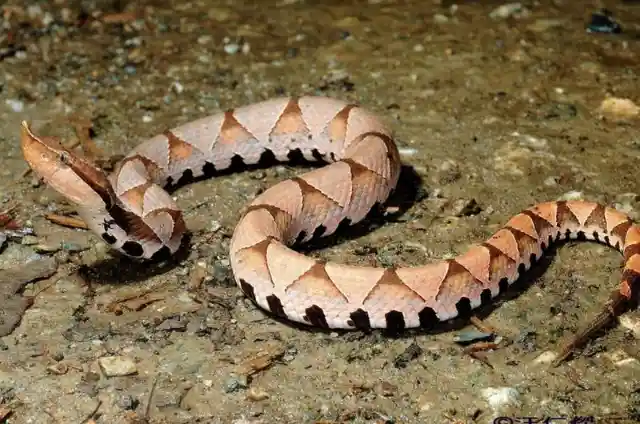
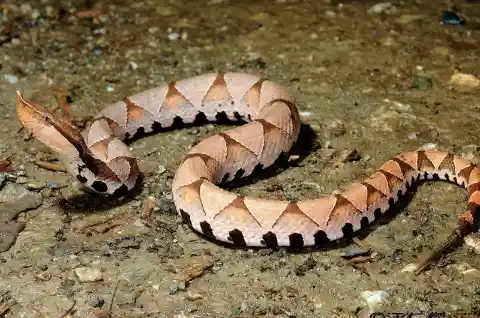
In simple words, the symptoms of a bite are incredibly uncomfortable and deadly. The untreated mortality rate is near 1-10% while the envenomation rate is around 80%.
Black-Necked Spitting Cobra
If you have a name like Black-Necked Spitting Cobra, yeah, you’re surely going to make the list!
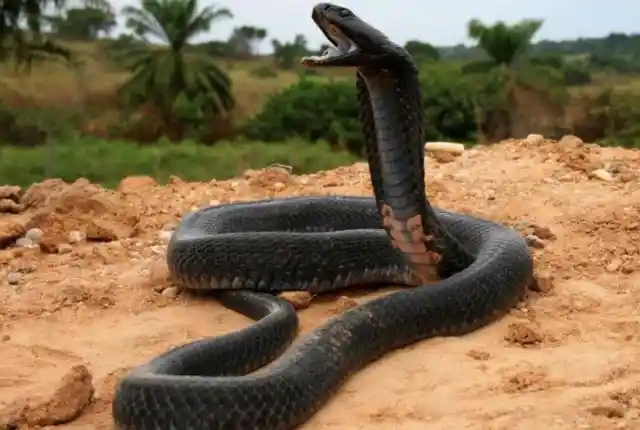
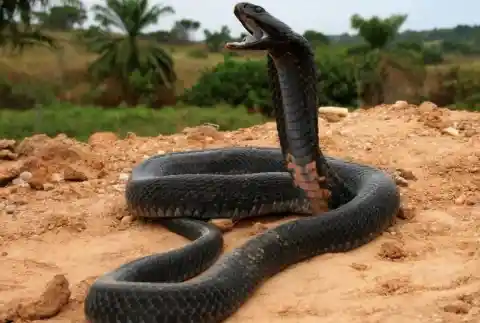
This critter has a potent venom which can cause severe harm to the skin. It is mainly found in Sub-Saharan Africa.
Gaboon Viper
Gaboon vipers tend to dwell in the savannas and rainforests of sub-Saharan Africa. It is highly venomous, just like the rest of the Viper family.
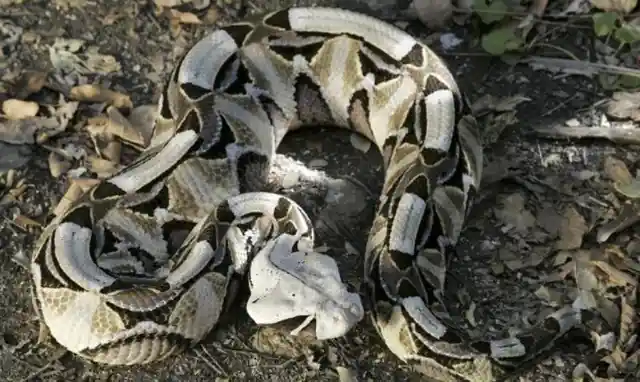
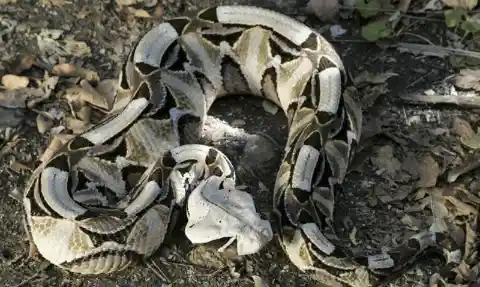
It is also the largest member of the genus-group AND is the world’s heaviest viperid. It also has the longest fangs too (2 inches long). It doesn’t end here as it also has the highest venom yield of any snake.
Dugite
Also known as Pseudonaja affinis, it is a highly venomous Australian brown snake species.
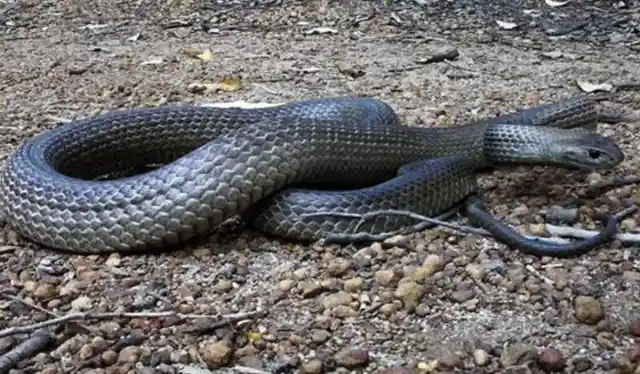
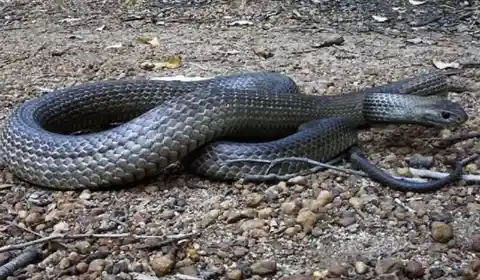
Their venom contains postsynaptic and presynaptic neurotoxins, plus procoagulants. All of which are unpleasant, guys!
Mulga Snake
Mulga Snake is also lovingly called Australian King Brown snake. In Australia, it is THE second longest species of venomous snake!
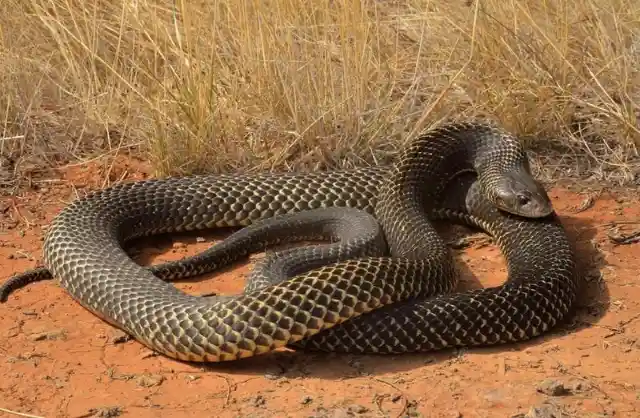
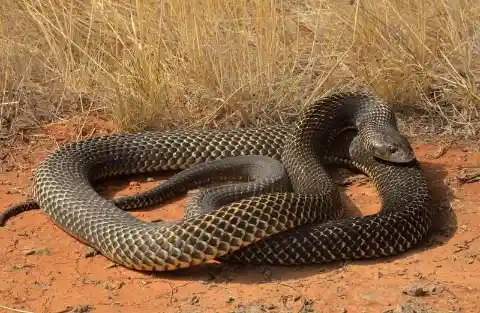
Australia is seriously filled with critters like the Mulga snake. They tend to release large amounts of venom when they bite, so no thanks.
Belcher’s Sea Snake
Belcher’s Sea Snake are actually one of the deadliest creatures on the planet, despite having a thin body and short length.
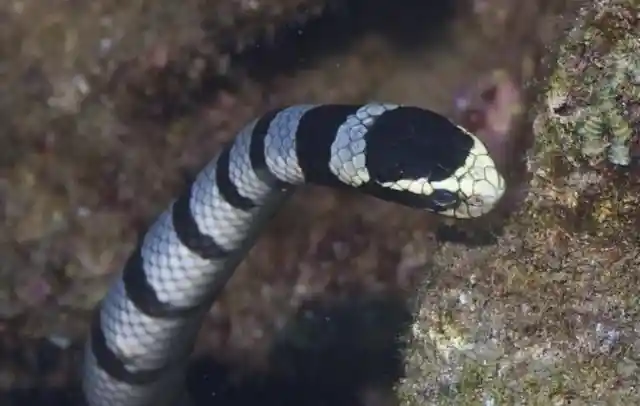
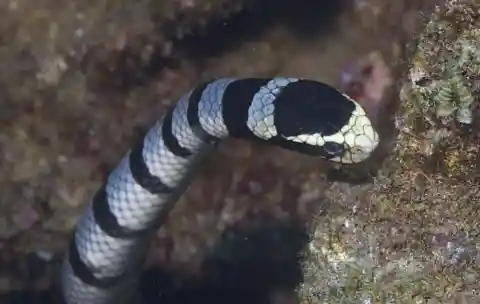
Known for its potent venom, just a milligram of the snake’s venom could actually kill thousands of adult human beings!
Anaconda
You might remember this one as they are unrealistically large snakes that can even swallow a human whole. They aren’t venomous but are still lethal, merely because of their size.
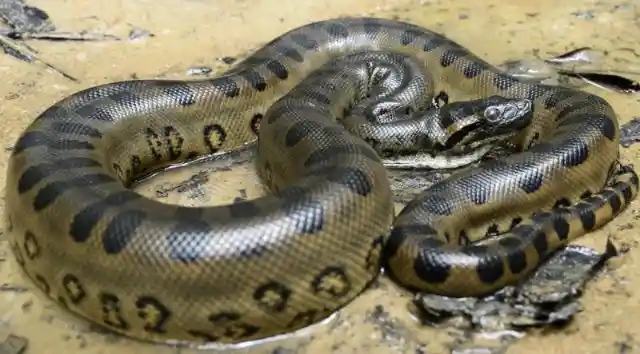
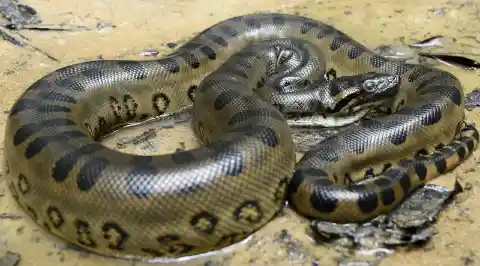
This snake actually likes to wrap victims around the midsection and then continues to compress them until they are totally crushed or completely suffocated. After this point, it will swallow you whole!
Desert Horned Viper
What makes Desert Horned Vipers extremely creepy is the fact that they move sideways! They are usually found in Middle East and northern parts of Africa.
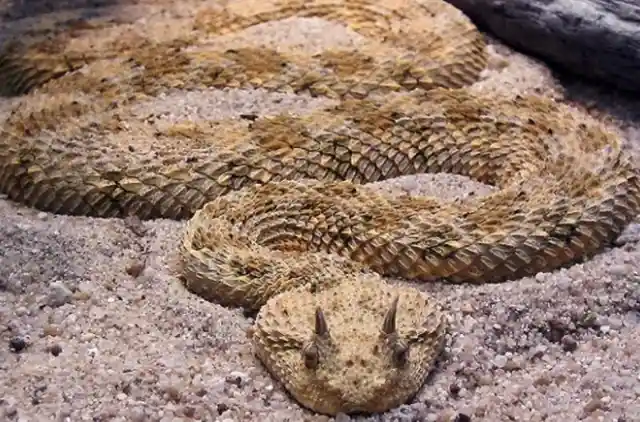
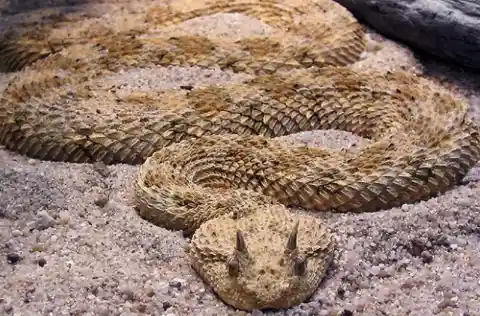
You should stay miles away from them because their venom is incredibly toxic. Probably more than your ex, so you know!
Red-Bellied Black Snake
Red-Bellied Black Snake are a venomous species that call Australia their home. Their venom consists of myotoxins, coagulants and furthermore, it has haemolytic and cytotoxic properties.
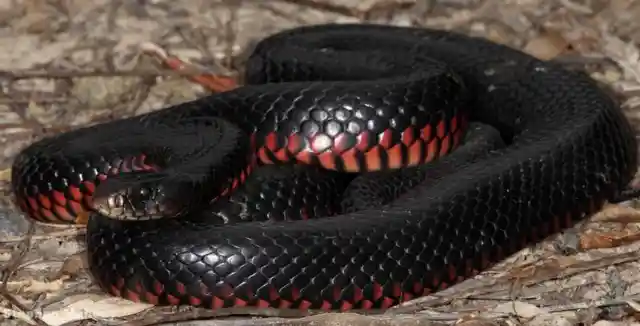
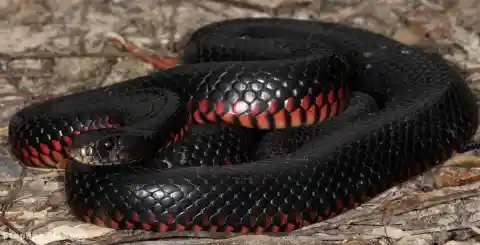
Their bites might not be life-threatening but you still need medical attention.
Tiger Keelback
Tiger Keelback can be found in East and Southeast Asia. You should probably know that if you get bit by a Tiger Keelback, it won’t be covered under your health insurance coverage.
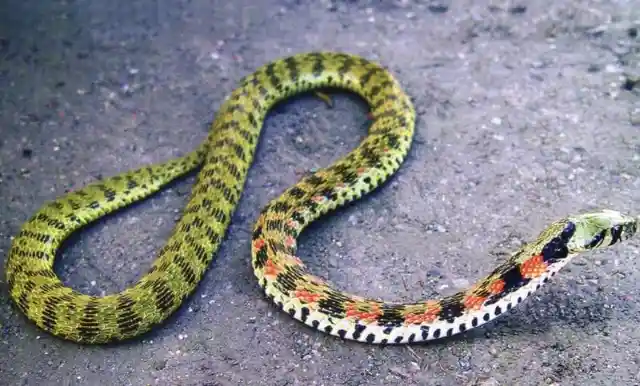
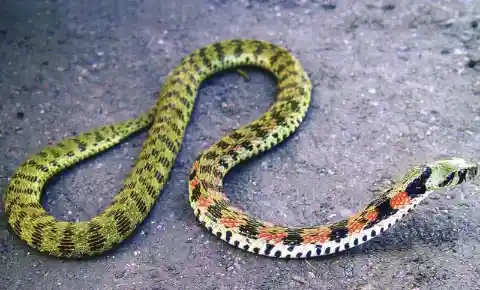
Moreover, a Tiger Keelback can grow to a length of 24-39 inches too!
Burrowing Asp
You would agree too that Burrowing Asp is one truly terrifying name! It becomes even more so when you learn that it likes to hide underground, typically near children’s playgrounds.
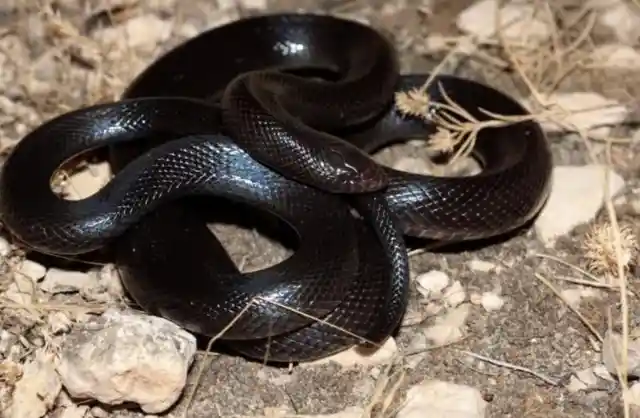
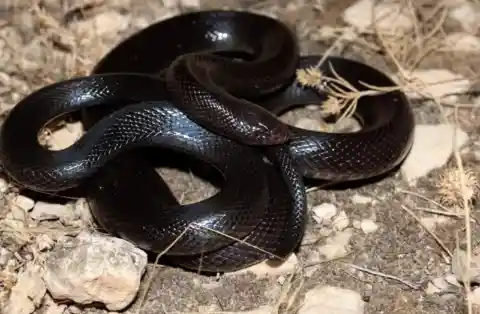
Apart from a sneaky little devil, it injects its poison deeper than any other snake alive.
Coastal Taipan
To be honest, Coastal Taipan doesn’t deserve to be so low in the list because this is one large, highly venomous snake which belongs to the Elapidae family.
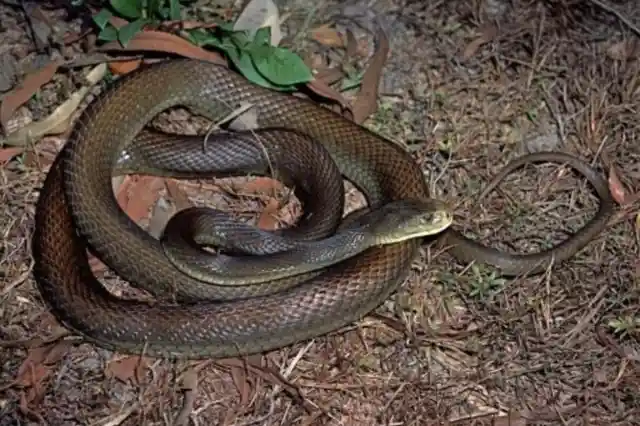
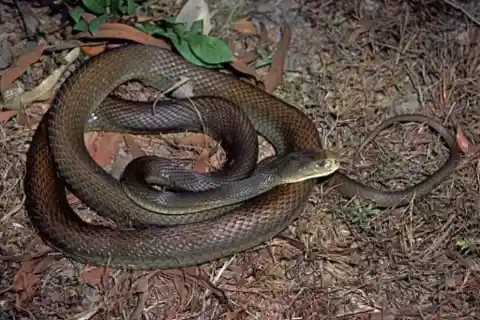
It can be found in the coastal regions of northern and eastern Australia and also the island of New Guinea. According to many reports, this species of snake ranks as sixth-most venomous land snake in the world.
Rhinoceros Viper
Also known as Bitis nasicornis, it is a large species of viper.
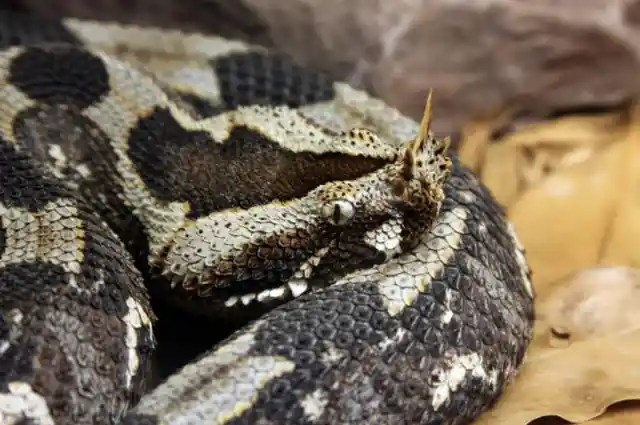
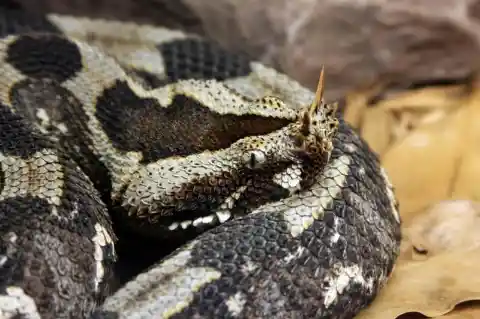
They are able to strike quickly, despite the fact that they’re slow-moving. Even more terrifying is the fact that their hiss sounds like a shriek.
Caspian Cobra
It has many other names like Central Asian cobra, Oxus cobra, or Russian cobra.
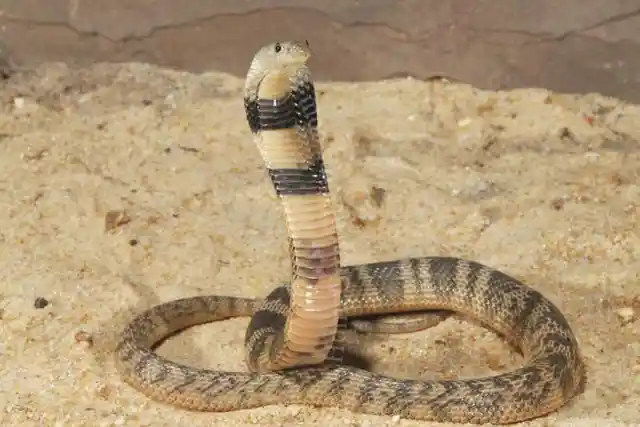
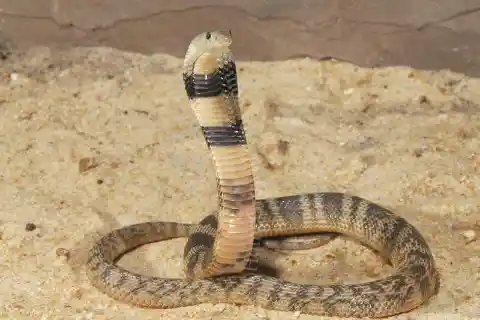
Usually found in Central Asia, this snake is bad-tempered, highly aggressive and considered to be the most venomous species of the cobra? Triple check.
Alcatrazes Lancehead
Believe us, this has nothing to do with the prison, but this snake can surely be the end of any adult human being’s life. The Alcatrazes Lancehead can be usually found in the coastal islands surrounding Brazil.
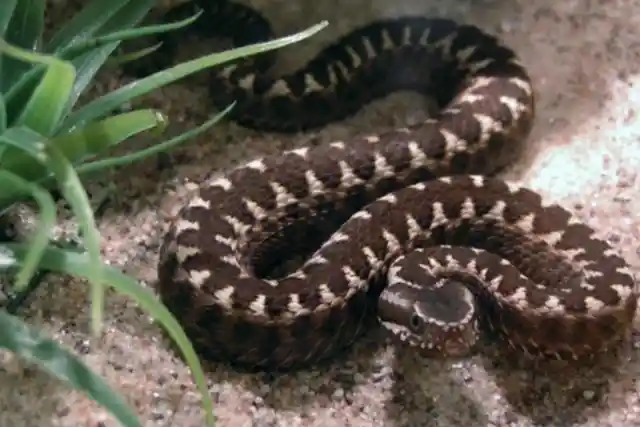
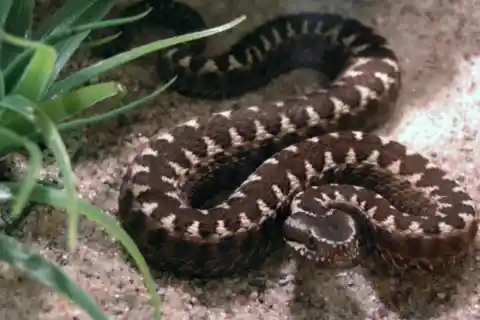
A sad fact is, Alcatrazes Lanceheads is considered to be critically endangered, meaning that it is almost extinct. It might be highly venomous but the fact that it is almost extinct is downright disappointing!
Horned Viper
It shouldn’t take a rocket scientist to figure out the reason behind this badass nomenclature. Only taking a good look at its face will help you notice two sharp rising horns coming from its eyes.
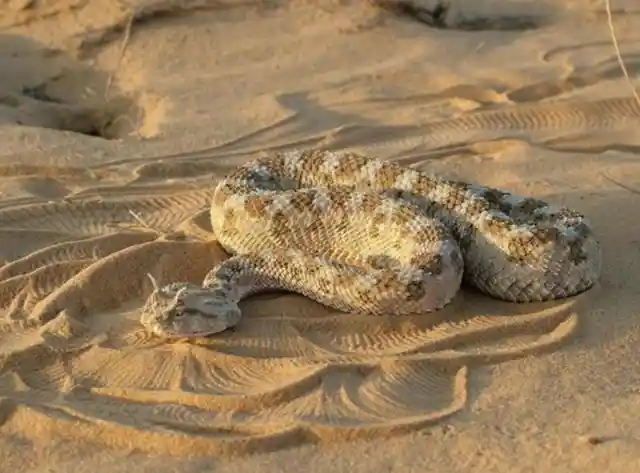
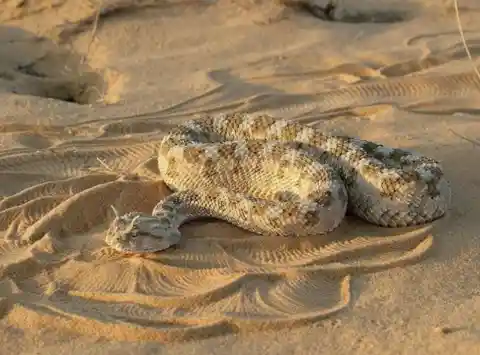
It might look lethal and you might want to stay miles away from this viper but it plays a very crucial role ecologically. This raised-eyebrow viper takes care of a significant number of rodent problems and we are thankful for that!